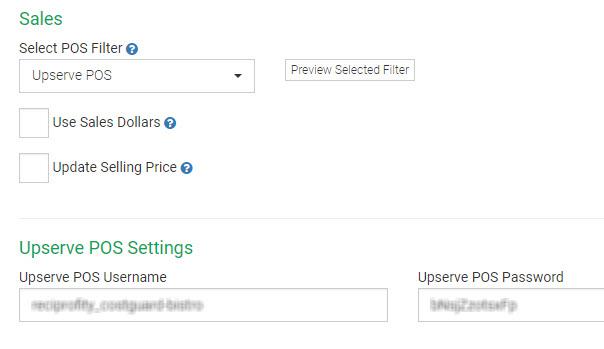Navigating Customs: Stay Informed on Import Rules and Duty-Free Limits
In an increasingly globalized world, the thrill of exploration extends beyond the realms of travel and discovery. Whether you’re bringing back a souvenir from a distant land or treating yourself to the latest gadgets, understanding the intricacies of customs can be as daunting as it is essential. Every country boasts its unique set of import rules and duty-free limits, making the journey through customs a potential minefield for the unprepared traveler. This article aims to illuminate the often murky waters of customs regulations, providing you with the insights necessary to navigate international borders with confidence. With a little knowledge and foresight, you can ensure that your global adventures remain exciting and hassle-free, allowing you to focus on what truly matters—making memories. Join us as we explore the intricacies of customs, sharing tips and essential guidelines to keep you informed and equipped for your next journey.
Understanding Import Regulations and Compliance Essentials
Import regulations serve as the foundation for global trade compliance, ensuring that goods enter a country under established legal frameworks. Each nation has its own set of rules that govern what can be imported, the required documentation, and the associated tariffs. Understanding these regulations is vital for importers to avoid penalties or delays. To navigate this complex landscape effectively, familiarize yourself with the following essentials:
- Customs Documentation: Ensure you have all necessary paperwork, such as import licenses and invoices, to prevent any hitches.
- Tariff Classification: Correctly categorize your products to determine applicable duties and taxes.
- Restricted and Prohibited Items: Be aware of items that are not allowed for importation, which can vary significantly by country.
- Duty-Free Allowances: Know the limits regarding the value and quantity of goods that can be imported without incurring tariffs.
To assist with this process, it’s beneficial to track changes in regulations that countries implement as trade agreements develop or geopolitical climates shift. Below is a simple table illustrating common duty-free limits in selected regions:
| Region | Duty-Free Limit |
|---|---|
| European Union | €430 |
| United States | $800 |
| Canada | $20 |
Staying informed and actively engaged with these compliance requirements not only mitigates potential risks but also enhances your ability to conduct international business efficiently. Successful import operations hinge on a solid understanding and adherence to the evolving regulatory landscape.
Maximizing Duty-Free Allowances for a Smooth Travel Experience
Understanding and maximizing your duty-free allowances can significantly enhance your travel experience, allowing you to bring back souvenirs, gifts, or personal items without incurring unexpected costs. Duty-free limits vary by country, so it’s crucial to stay well-informed about the specific regulations that apply to your destination. Some key points to consider include:
- Check your destination’s limits: Each country has its own allowances for goods such as alcohol, tobacco, and gifts. Familiarize yourself with these before you travel.
- Keep receipts handy: Retaining purchase receipts can streamline any questions that may arise during customs checks, providing proof of your duty-free purchases.
- Consider the total value: Be aware of the total value of the items you intend to bring back. Exceeding duty-free limits may subject you to taxes on the entire amount, not just the exceeding portion.
Utilize a planning strategy that incorporates the use of tables for easy reference. Preparation can save you time and hassle at customs. Here’s a simple breakdown of common duty-free allowances that can serve as a quick guide when you’re packing:
| Country | Alcohol (Liters) | Tobacco (Cigarettes) | Gifts (Value) |
|---|---|---|---|
| USA | 1 | 200 | $800 |
| Canada | 1.14 | 200 | $800 |
| UK | 4 | 200 | £390 |
Utilizing this information will empower you to make informed choices while shopping abroad. By keeping track of the allowances and planning accordingly, you minimize the risk of unexpected customs fees that can dampen your post-travel excitement.
Essential Tips for Streamlining Your Customs Process
Streamlining your customs process is essential for ensuring that goods are imported smoothly and efficiently. One of the key steps is staying **updated** on import regulations, as these can change frequently. Here are some effective practices to adopt:
- **Regularly check** government websites for updates on tariffs and trade agreements.
- **Subscribe** to newsletters from customs authorities or trade associations for timely information.
- **Attend webinars** and workshops to better understand evolving customs laws.
In addition to keeping informed, preparing detailed documentation can significantly enhance your customs experience. Consider these vital documents that should always be ready:
| Document Type | Description |
|---|---|
| Commercial Invoice | Details the transaction, including value and goods description. |
| Packing List | Breaks down the contents of each package for easy inspection. |
| Bill of Lading | Serves as a receipt of freight services and proof of transport. |
Insights and Conclusions
As you prepare for your next journey, understanding the intricacies of customs regulations and duty-free limits is essential. With this knowledge in hand, you can navigate borders with confidence, ensuring that your travels remain enjoyable and stress-free. Remember, staying informed not only protects your valuables but also fosters a smooth connection between cultures and economies. So, whether you’re a seasoned globetrotter or embarking on your first international adventure, take the time to equip yourself with the rules of the road. After all, a well-prepared traveler is a happy traveler. Safe travels, and may your journeys be filled with discovery and delight!
